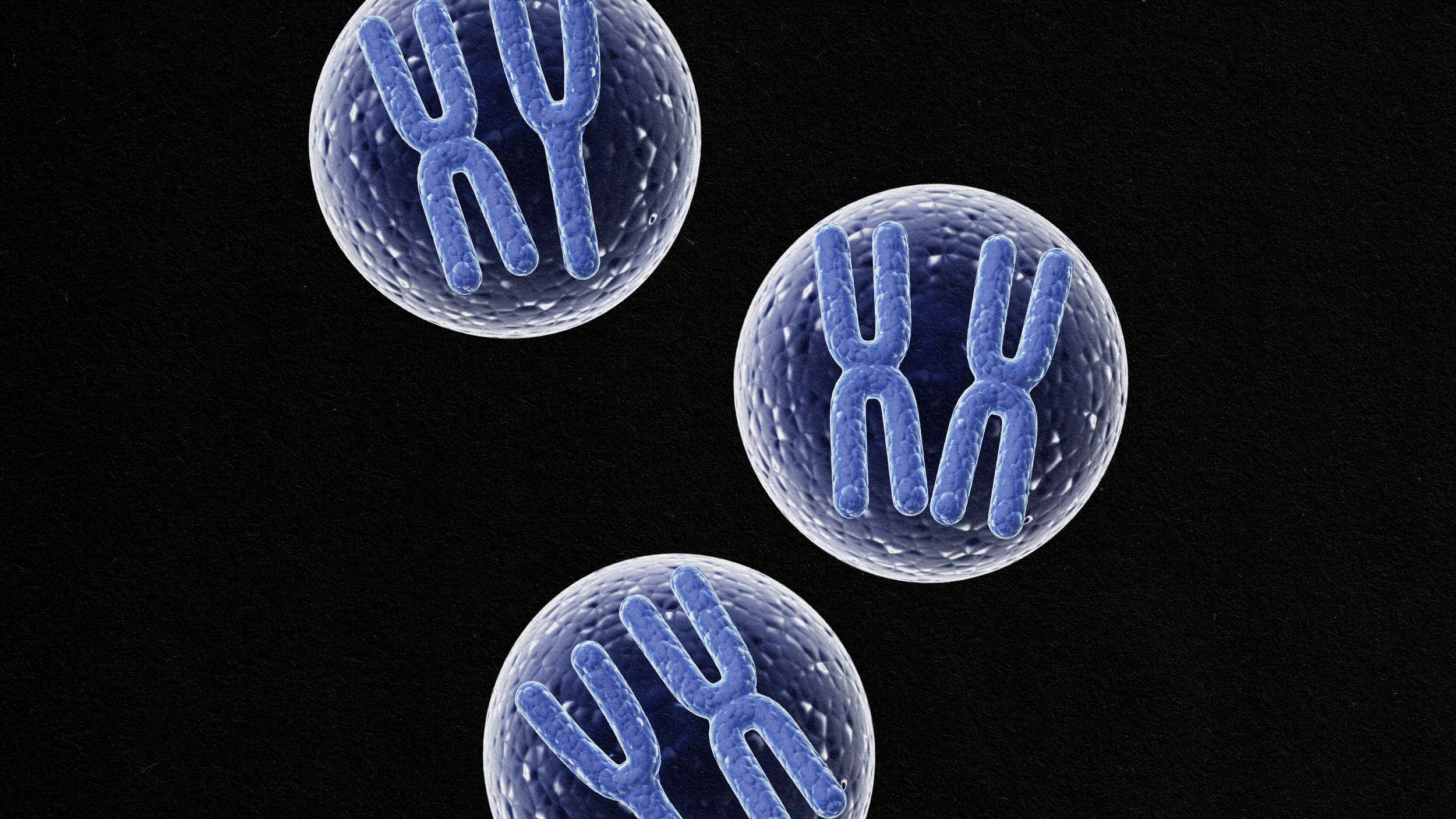Docs Testing Drugs to “Prevent Lesbianism”?

Raw Story breathlessly reports that a researcher is experimenting with dangerous drugs to stop girls from growing up to be lesbians: “Afraid your daughter may be queer, or not be interested in becoming a mom? Medical researchers think they have a cure for her — a dangerous steroid you take while pregnant.”
Raw Story’s emotional report omits critical medical context. The drug in question is a dexamethasone, steroid that women can take if their female fetus tests positive for congenital adrenal hyperplasia (CAH), a relatively common inborn error of metabolism that exposes girls to abnormally high levels of male hormones in utero.
One of the most obvious effects of CAH in girls is masculinized genitalia. Girls with CAH may be mistaken for boys at birth because their genitals look more like a penis and a scrotum than a vulva. This interactive animation produced by the the Hospital for Sick Children in Toronto shows the effects of CAH on female genitals.
Male and female genitals develop from the same folds of embryonic tissue. Whether a baby is born with a penis and testicles or a vulva and a vagina depends largely on hormone levels in utero. Male fetuses secrete testosterone, which pushes the embryonic tissue down the male developmental path. Female fetuses do not normally secrete testosterone. In the absence of male hormones, genital development continues along the female path. By artificially raising male hormone levels, CAH causes girls’ external sex organs to develop according to the male plan.
The effects of CAH go well beyond the shape of the genitals. Patients with classical CAH have to take steroid hormones all their lives in order to stave off a host of potentially life threatening complications. Dexamethasone in utero is just a case of starting the same kind of therapy earlier in an attempt to ward off some of the effects of the excess androgens.
You wouldn’t know it from the Raw Story piece, but prenatal dexamethasone therapy has been around since 1978. It has been shown to be effective at reducing masculinization in girls. The drug might have developmental or metabolic side effects for the baby, but none have been definitively substantiated so far. Dexamethasone can definitely have adverse effect on the mother’s health, such as excessive weight gain, severe stretch marks, mood swings, and other ills. So, this isn’t a treatment to be undertaken lightly.
Raw Story is seizing upon a red herring to discredit dexamethasone. The story cherry picks quotes from researchers to suggest that they’re prescribing this drug primarily to stop girls from turning gay or being tomboys.
Neuroscientists have known for years that intrauterine androgens can have some masculinizing effect on the female brain. Girls with CAH are more likely to be tomboys children and more likely to identify as lesbians as adults. CAH has been studied intensively as a window into the biology of gender, gender differences in cognition, and sexual orientation. So, researchers have talked a lot about identity and orientation in CAH girls. It’s easy to quote them selectively after the fact to make it sound they’re part of an anti-gay conspiracy to make little girls grow up with “normal” maternal instincts. Even if some researchers have retrograde attitudes about sex and gender, that doesn’t invalidate the potential benefits of the drug.
Despite their early exposure to androgens, the vast majority of girls with CAH grow up to identify as heterosexual women–even without prenatal dexamethasone. This isn’t surprising. Girls with CAH are socially and genetically female with normal ovaries that secrete the usual female sex hormones. At puberty they grow breasts and get their periods. Some go on to have children of their own.
Brain development isn’t frozen in utero. The brain continues to grow and change under the influence of the environment and hormones. After birth, both nature and nurture tend to push girls with CAH in the female direction.
Doctors who treat these girls already know that the vast majority of these patients will identify as straight and female without the prenatal drugs–which makes me doubt Raw Story’s insinuation that homophobia and rigid gender norms are driving dexamethasone therapy in the medical profession at large.
Of course it wouldn’t be ethical to expose a woman and her fetus to a powerful drug like dexamethasone simply to influence the girl’s future sexual orientation. Any doctor who uses homophobia or transphobia to push the parents towards drug treatment is acting unethically.
Nevertheless, there are sound medical reasons to attempt to control androgen levels in utero. Some critics of CAH treatment seem to willfully ignore how serious the genital malformations can be. They often claim disingenuously that CAH simply produces a “large clitoris.” An enlarged clitoris is one common feature of masculinization. However, the effects can be far more serious and affect not merely the girl’s appearance, or even her gender presentation, but the health and functionality of her entire genitourinary tract.
In severe cases, the vagina and the urethra may open into a common sinus, instead of being separate tubes. Surgery may be required to create separate vaginal and urethral openings. Otherwise, urine can flow into the vagina, which creates an indirect kind of incontinence when it dribbles out again. Urine in the vagina can also cause chronic irritation and increase the risk of vaginal infections.
Sometimes the vaginal canal isn’t wide enough to carry menstrual blood out of the body, in which case, surgery is required. Unfortunately, reconstructed vaginas tend to narrow over time. So, the patient may have to undergo still more surgery and/or months of painful training with dilators to stretch her vagina enough to have intercourse.
I’m not uncritically endorsing dexamethasone. It has its risks and benefits like any drug. I’m just very disappointed with Raw Story for trying to politicize this complicated health issue. Parents of girls with CAH have enough burdens to bear without being demonized as narrow-minded homphobes for trying to spare their daughters from severe birth defects.
[Photo credit: flickr user mdezemery, licensed under Creative Commons.]





